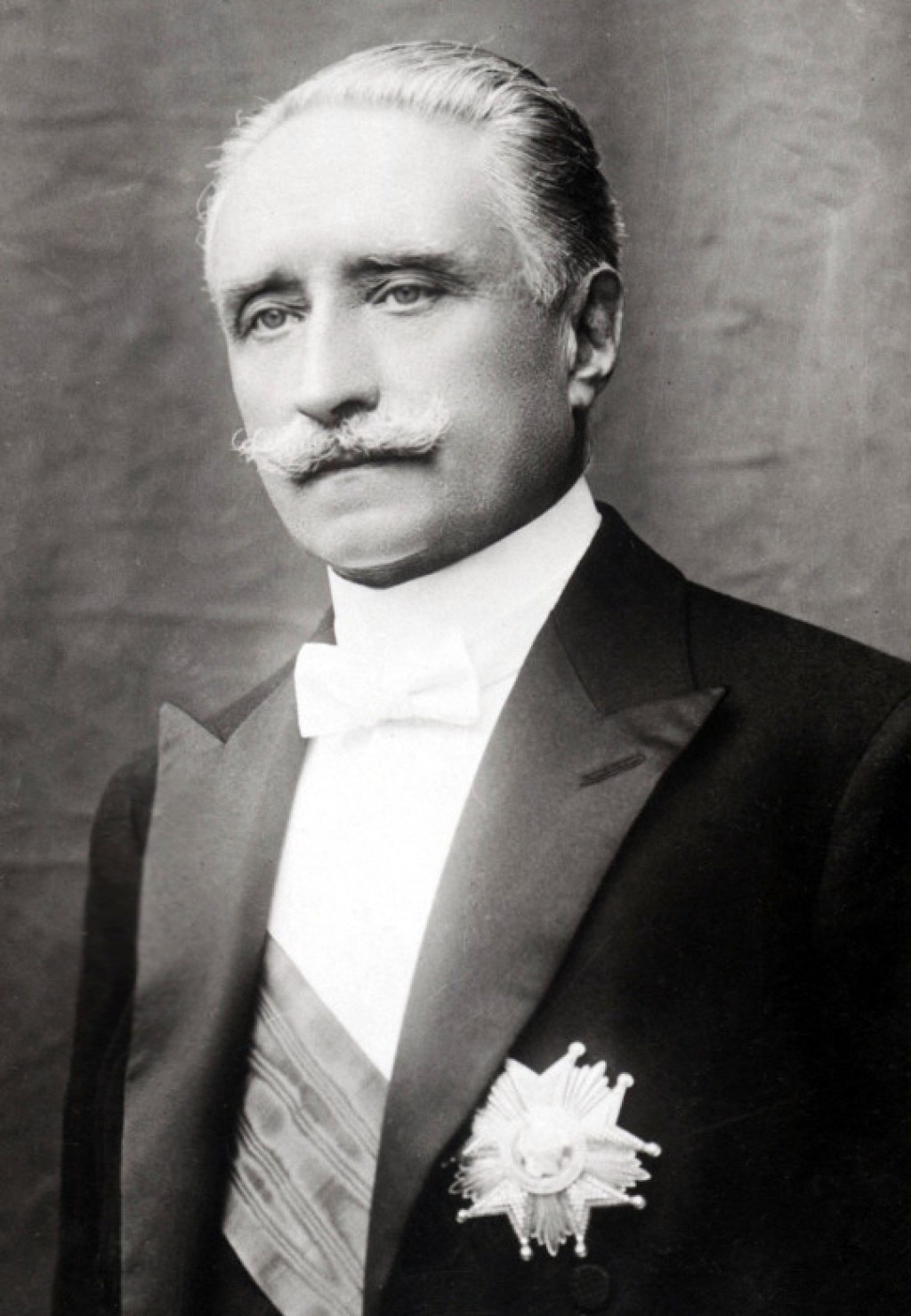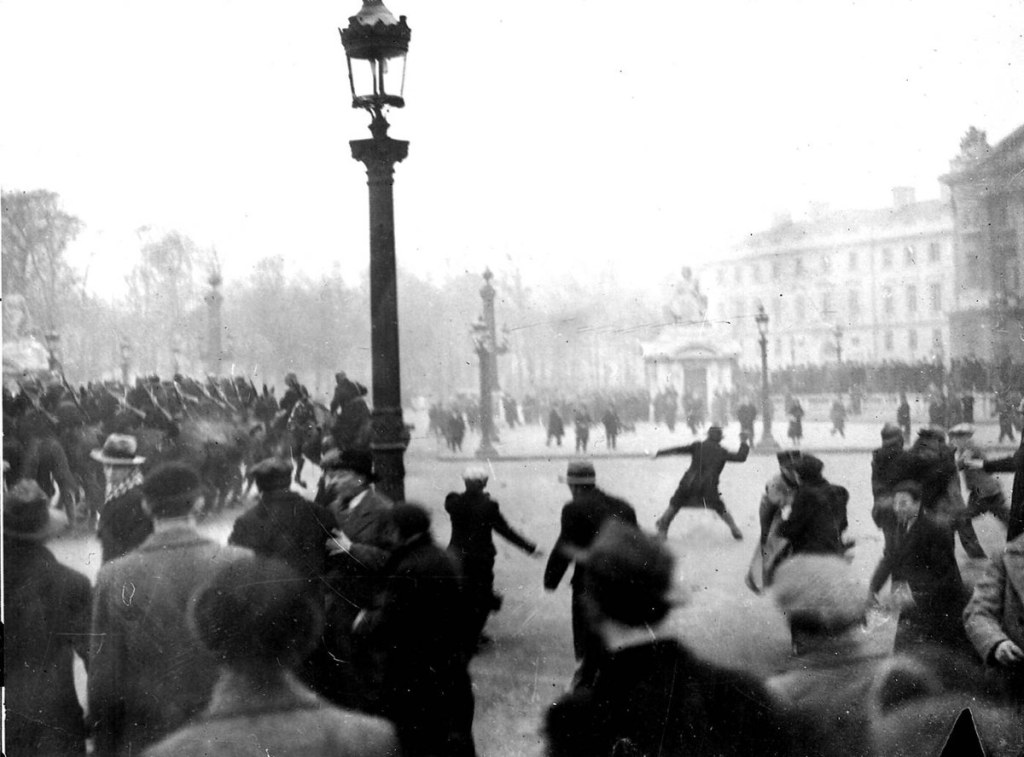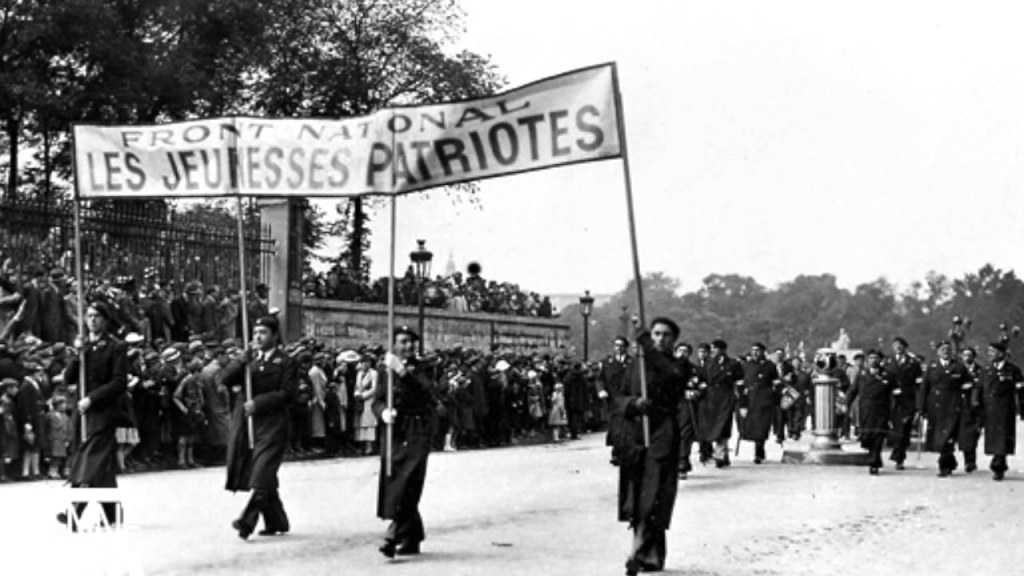French Politics 1920: A Glimpse into the Political Landscape
Introduction
Dear Readers,
Welcome to our in-depth exploration of the political landscape in France during the 1920s. In this article, we will delve into the key events, players, and ideologies that shaped French politics during this pivotal period in history. Join us as we uncover the complexities and nuances of French politics in the 1920s.
The Table of French Politics in 1920
Year
Major Events
Key Players
Ideologies

Image Source: wikimedia.org
1920
Establishment of French Communist Party
Marcel Cachin, Boris Souvarine
Communism
1921
Formation of French Section of the Workers’ International (SFIO)
Léon Blum, Jean Jaurès
Socialism
1922
Victory of the Left Bloc in the legislative elections
Édouard Herriot, Léon Blum
Left-wing coalition
1924
Election of Gaston Doumergue as President
Gaston Doumergue
Centrism
1926
General Strike and the fall of the Herriot government
Édouard Herriot, Philippe Pétain
Trade unionism, anti-parliamentarism
What Happened in French Politics in 1920?

Image Source: wikimedia.org
📅 The year 1920 marked a significant turning point in French politics. It witnessed the establishment of the French Communist Party, which played a pivotal role in shaping the political landscape of the country.
👥 Key players such as Marcel Cachin and Boris Souvarine emerged as influential figures within the party, advocating for the principles of communism and workers’ rights.

Image Source: brewminate.com
💡 The ideology of communism gained traction during this period, drawing inspiration from the Russian Revolution and the works of Karl Marx.
⚖️ However, it is important to note that the French Communist Party faced challenges and opposition from other political factions, particularly those aligned with more moderate ideologies.
🌹 The year 1921 witnessed the formation of the French Section of the Workers’ International (SFIO), a socialist party that aimed to champion the rights of the working class.
🔑 Notable figures such as Léon Blum and Jean Jaurès played instrumental roles in shaping the ideology and direction of the SFIO.
🤝 The SFIO advocated for social justice, workers’ rights, and equality, positioning itself as an alternative to the more radical communist movements.
Who Were the Key Players in French Politics in 1920?
👤 Marcel Cachin: A prominent member of the French Communist Party, Cachin played a crucial role in shaping the party’s ideology and policies.
👤 Boris Souvarine: Another influential figure within the French Communist Party, Souvarine contributed to the party’s growth and influence during the 1920s.
👤 Léon Blum: As a key member of the SFIO, Blum advocated for social democracy and played a significant role in French politics during the 1920s.
👤 Jean Jaurès: A socialist leader, Jaurès was a driving force behind the formation of the SFIO and a champion of workers’ rights.
👤 Édouard Herriot: Herriot was a prominent figure in French politics, serving as Prime Minister multiple times during the 1920s.
When Did Key Events Take Place in French Politics in 1920?
📅 The French Communist Party was established in 1920, solidifying communism as a political force in the country.
📅 The formation of the SFIO followed shortly in 1921, providing an alternative socialist option for voters.
📅 In 1922, the Left Bloc, a coalition of left-wing parties, emerged victorious in the legislative elections, signaling a shift in the political landscape.
📅 Gaston Doumergue was elected President in 1924, representing centrism and a more moderate approach to governance.
📅 The year 1926 saw a general strike and the fall of the Herriot government, as tensions between trade unions and the government reached a boiling point.
Where Did French Politics in 1920 Take Place?
📍 French politics in 1920 unfolded within the borders of France, with key events taking place in major cities such as Paris and Lyon.
📍 Political debates and rallies were held throughout the country, as different ideologies vied for support and influence.
📍 The French Parliament, located in Paris, served as a central hub for political discussions and decision-making.
Why Were the Politics of 1920 Significant for France?
🔍 The politics of 1920 were significant for France as they marked a period of ideological and political transformation.
🔍 The establishment of the French Communist Party and the SFIO provided voters with alternative options, reflecting the changing social and economic dynamics of the time.
🔍 The rise of communism and socialism in France challenged traditional power structures and paved the way for future political movements.
How Did French Politics in 1920 Impact Society and Governance?
⚖️ French politics in 1920 had a profound impact on society and governance in the country.
⚖️ The growing influence of communist and socialist ideologies led to increased focus on workers’ rights, social justice, and equality.
⚖️ The political debates and mobilization of different factions contributed to a more engaged and participatory democracy.
⚖️ However, the tensions between different political ideologies also led to conflicts and divisions within French society.
Advantages and Disadvantages of French Politics in 1920
Advantages:
🌍 Increased focus on social justice and workers’ rights.
🌍 Engaged and participatory democracy.
🌍 Alternative political options for voters.
Disadvantages:
🌍 Conflict and divisions within society.
🌍 Challenges in implementing radical ideologies.
🌍 Opposition and resistance from more moderate factions.
FAQs About French Politics in 1920
1. Q: How did the French Communist Party influence politics in the 1920s?
A: The French Communist Party played a significant role in shaping the political landscape by advocating for communism and workers’ rights. It influenced policies and ideologies, although it faced opposition from other factions.
2. Q: What were the main differences between the French Communist Party and the SFIO?
A: While both the French Communist Party and the SFIO were left-wing parties, they differed in their approaches. The French Communist Party embraced communism, while the SFIO advocated for social democracy and workers’ rights within a democratic framework.
3. Q: How did the Left Bloc’s victory in the 1922 legislative elections impact French politics?
A: The Left Bloc’s victory signaled a shift in the political landscape, with left-wing parties gaining significant influence. It led to the formation of left-wing governments and a reevaluation of political dynamics in France.
4. Q: What led to the fall of the Herriot government in 1926?
A: The fall of the Herriot government was triggered by a general strike and tensions between trade unions and the government. Conflicting ideologies and economic challenges contributed to the government’s downfall.
5. Q: Did French politics in the 1920s pave the way for future political movements in the country?
A: Yes, the politics of the 1920s had a profound impact on France’s political landscape. The rise of communism and socialism challenged traditional power structures and paved the way for future political movements.
Conclusion: Reflecting on French Politics in 1920
In conclusion, French politics in the 1920s was a period of significant transformation and ideological debates. The establishment of the French Communist Party and the SFIO provided alternative options for voters, while the Left Bloc’s victory in the legislative elections reshaped the political landscape. This era witnessed a greater focus on social justice, workers’ rights, and participatory democracy. However, it also brought about conflicts and divisions within society. Looking back at the politics of 1920, we can gain valuable insights into the complexities and dynamics that shaped France’s political journey. Let us learn from the lessons of the past as we continue to navigate the ever-changing political landscape.
Final Remarks: Exploring History Through French Politics in 1920
Dear Readers,
Thank you for joining us on this journey through French politics in the 1920s. By delving into the key events, players, and ideologies of this fascinating era, we hope to have provided you with a deeper understanding of the political landscape in France during this time. History serves as a valuable teacher, and by examining the past, we can better comprehend the present and shape the future. Let us continue to explore and learn together.
Warm regards,
Your Friends at French Politics Explained